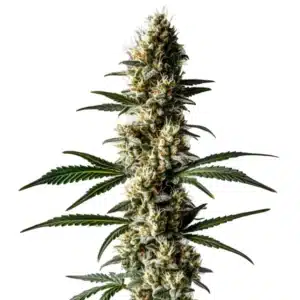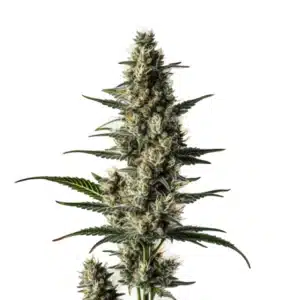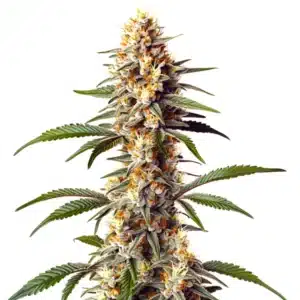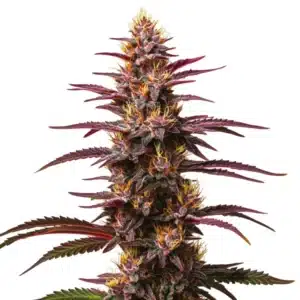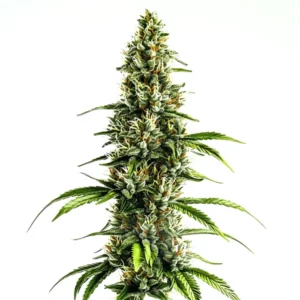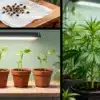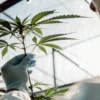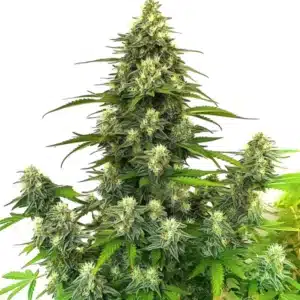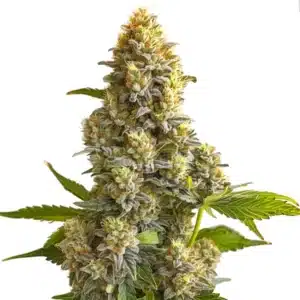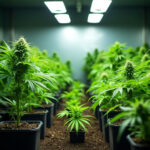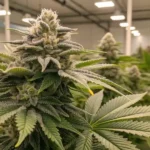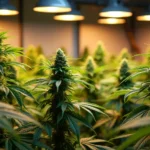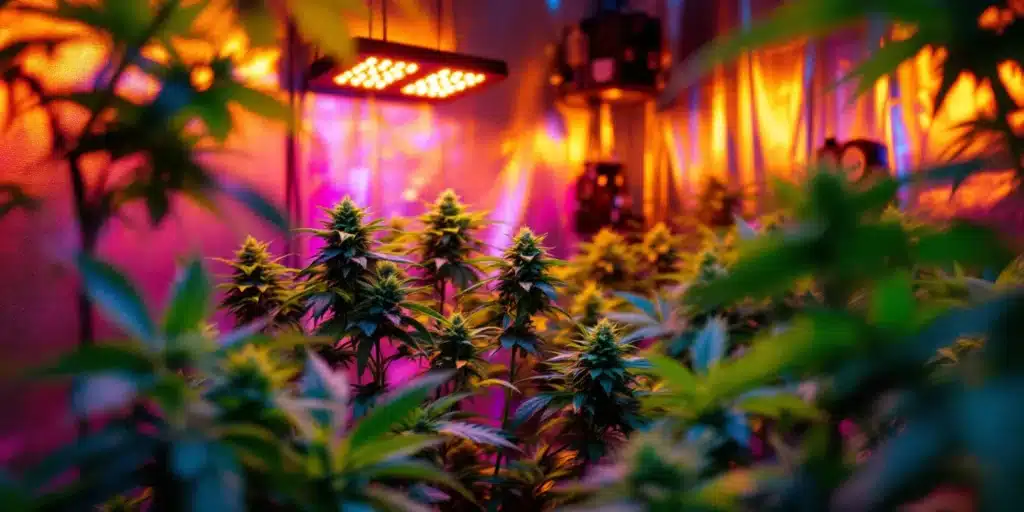
The Best Grow Light for Cannabis Cultivation
Choosing the right grow light is one of the most significant decisions for anyone looking to cultivate cannabis. Whether you’re embarking on your first growing journey or you have years of experience under your belt, selecting the best grow light for marijuana can dramatically influence the growth, health, and overall yield of your cannabis plants. With a plethora of options available in the market, understanding what each type brings to the table is vital for fostering healthy, vibrant plants.
Types of Grow Lights
Grow lights come in several varieties, each boasting its own set of benefits. Here’s a breakdown of the most popular types you might consider:
Recommended Strains
Lemon Diesel
|
|
THC | 15% - 23% (Medium) |
|
|
Type | Feminized |
|
|
Yield | Low |
|
|
Phenotype | 45% Indica / 55% Sativa |
Lemon Auto
|
|
THC | 17% - 25% (Medium) |
|
|
Type | Autoflowering |
|
|
Yield | Low |
|
|
Phenotype | 40% Indica / 60% Sativa |
- LED Grow Lights: These lights are celebrated for their energy efficiency and ability to emit varying light spectrums, making them ideal for all growth stages. They not only save on power bills but also have a longer lifespan compared to other types.
- HID (High-Intensity Discharge) Lights: Offering high output, HID lights, including Metal Halide (MH) and High-Pressure Sodium (HPS), have become a staple for many growers striving for maximum yield.
- CFL (Compact Fluorescent Lights): Suited for smaller spaces, CFLs are user-friendly and cost-effective, making them a fantastic choice for novice growers.
- Fluorescent Lights: T5 fluorescent lights are known to provide an excellent spectrum for the vegetative phase and are appreciated for their low heat output.
Knowing the nuances among these types can help you make a more informed decision when searching for the best grow light for marijuana. For instance, the best LED grow lights cannabis growers use not only deliver impressive efficiency that ultimately cuts down on electricity costs but also produce stellar results. In contrast, HID systems are particularly well-regarded for producing higher yields, especially in larger-scale growing operations. Imagine having a light that runs cooler and longer versus one that provides intense output but can heat up your grow area significantly!
Promos & Deals
Choosing the Right Spectrum
The light spectrum plays a crucial role in plant growth. Cannabis plants have specific wavelength requirements at different life stages:
- Vegetative Stage: During this phase, plants thrive on more blue light (400-500 nm), ensuring they develop healthy leaves and strong stems.
- Flowering Stage: Shifting to red light (600-700 nm) at this stage is essential to stimulate flowering and fruit production.
When selecting grow lights, make sure they can provide both spectrums or offer the flexibility to adjust them based on your plant’s growth phase. Many modern LED grow lights come equipped with the ability to switch between spectra! This adjustability simplifies the process of transitioning from one growth stage to the next, making it less daunting for new growers.
Light Intensity and Coverage
Light intensity is paramount for the health of your cannabis plants. They generally flourish under high light intensity, but the distance from the light source is equally critical. Here are some practical tips:
- For LED lights, it’s best to keep them at a distance of 12-24 inches above the canopy.
- HID lights should ideally be spaced around 24-36 inches away to prevent burning your plants.
Consider the dimensions of your growing area when picking out lights. If you’re working with a larger space, you might need multiple lights or a more robust model. Choosing the best grow light for marijuana is essential to ensure your plants receive the right spectrum and intensity for optimal growth. One effective method is to design your setup to ensure every part of your grow area gets ample light coverage for consistent development. Picture your plants stretching towards the light; you want to ensure every leaf gets the energy it craves!
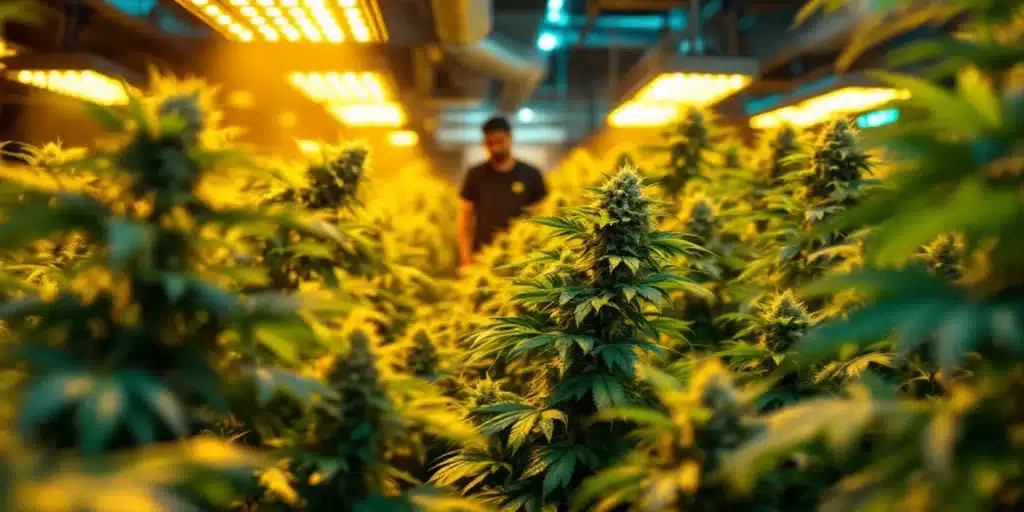
Power Requirements
Another key aspect to consider is the power requirements of your grow lights. The wattage needed can vary depending on the size of your grow area and the types of lights you’re using:
- For small grows of 1-2 plants, a 300W LED light typically suffices.
- A more extensive setup with 4-6 plants might require lights rated between 600W and 1000W.
Being mindful of your power needs not only helps optimize plant health but also contributes to manageable electricity bills. It’s wise to check the manufacturer’s guidelines for wattage recommendations based on your unique setup. Imagine having plants flourishing under the right light intensity because you made the right power choice!
Heat Management Strategies
Managing heat output is crucial, especially when using HID lights. Proper heat management ensures your plants thrive in a comfortable environment:
- Ventilation: Make sure there’s adequate airflow around your lights. This can be easily achieved using fans or an effective exhaust system.
- Light Positioning: Adjust your lights based on their heat output. If your plants show signs of wilting, consider elevating the lights.
Keeping a close watch on temperatures in your grow space is essential. Generally, cannabis prefers temperatures around 70-85°F (20-30°C) during the day and a bit cooler at night. Using a thermometer can help you track temperatures, allowing for adjustments when necessary. Pairing this with the best grow light for marijuana ensures your plants get the right balance of heat and light, creating a cozy atmosphere where they will reward you with vibrant growth!
Recommended Grow Lights
When searching for the best grow light for your cannabis cultivation, consider these three popular options:
- Spider Farmer SF-2000: This LED grow light provides full-spectrum output and is designed for energy efficiency, making it suitable for both newbies and experienced growers.
- VIPARSPECTRA 600W LED Grow Light: Recognized for its budget-friendly price and effective light coverage, this option is excellent for growers keeping a close eye on expenses.
- HPS 1000W Grow Light: Ideal for larger setups, the HPS 1000W delivers high-intensity light perfect for the flowering phase.
Each of these lights has its unique strengths, and depending on your specific needs, one may be a better fit than the others. Before making a purchase, be sure to read reviews and check the specifications to ensure you’re making the right choice. Think of it as picking the right tool for a job; the outcome can be dramatically different!
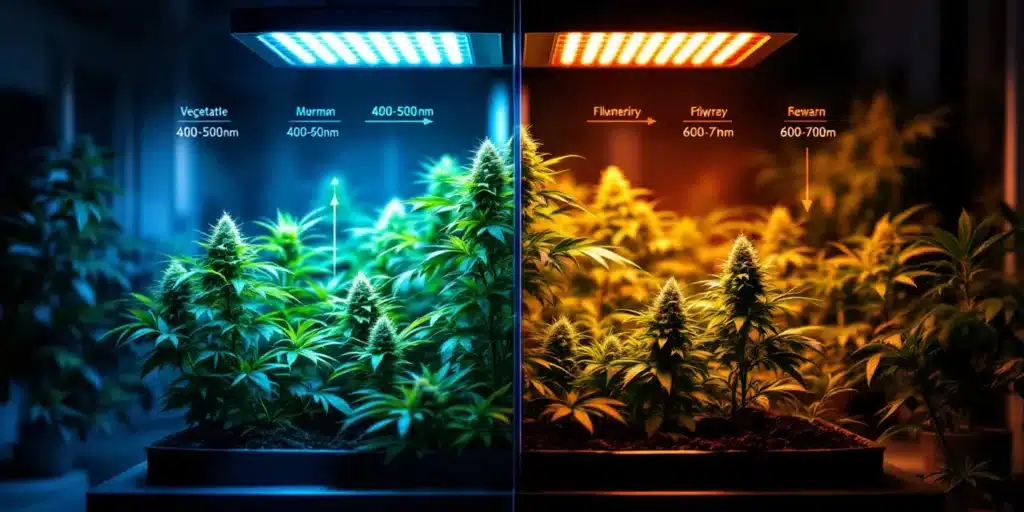
Maintaining Your Grow Lights
Regular maintenance of your grow lights can extend their lifespan and enhance plant growth. Here are a few handy tips:
- Consistently clean the light fixtures to prevent dust and debris build-up that may hinder light penetration.
- Regularly inspect electrical connections and promptly replace any burned-out bulbs.
By keeping your lights clean and in good condition, you assure consistent light output, which is crucial for healthy plant development. It’s a small step that can lead to significant rewards! Think of it as caring for a car; regular maintenance goes a long way in ensuring optimal performance.
Common Mistakes to Avoid
Even the most seasoned growers can stumble when it comes to lighting. Here are some common pitfalls to avoid:
- Positioning lights that are either too far or too close to the plants.
- Failing to adjust light spectrums according to plant growth phases.
- Neglecting heat management, especially when using high-intensity lights.
Avoiding these mistakes can lead to more robust plants and better yields. Regularly observing how your plants react can help you identify when adjustments are necessary. Choosing the best grow light for marijuana is also a crucial factor in ensuring healthy growth and maximizing your harvest. Like solving a puzzle, patience and attention to detail will often reveal the best solutions!
FAQs about best grow light for marijuana
What is the best type of grow light for beginners?
For beginners, LED grow lights are frequently considered the best choice. They are easy to handle, energy-efficient, and can support all growth stages. Plus, they generate less heat, which reduces the risks associated with overheating plants.
How many watts do I need for growing cannabis indoors?
The necessary wattage varies with the size of your grow area. A common recommendation is to provide around 32 watts per square foot for cannabis. Therefore, in a small grow space measuring 4 square feet, a 300W light would generally be sufficient.
Can I use regular light bulbs for growing cannabis?
While standard light bulbs can emit some light, they lack the specific spectrums essential for optimal cannabis growth. LED, HID, or fluorescent lights are specially designed for plant development and are far more effective.
How do I determine the right height for my grow lights?
The optimal height varies with the type of light in use. As a general rule, LED lights should be placed 12-24 inches above the plants, while HID lights should be kept 24-36 inches away to avoid burning. Monitoring your plants for stress signals can help you make the best adjustments.
When should I switch from vegetative to flowering lights?
Growers typically shift to flowering lights as they transition their plants from the vegetative stage to flowering. This usually happens when the plants have reached a desired size, roughly 4-6 weeks post-germination for most strains. The change to red light promotes flowering development, encouraging your plants to produce the buds you’re anticipating!


